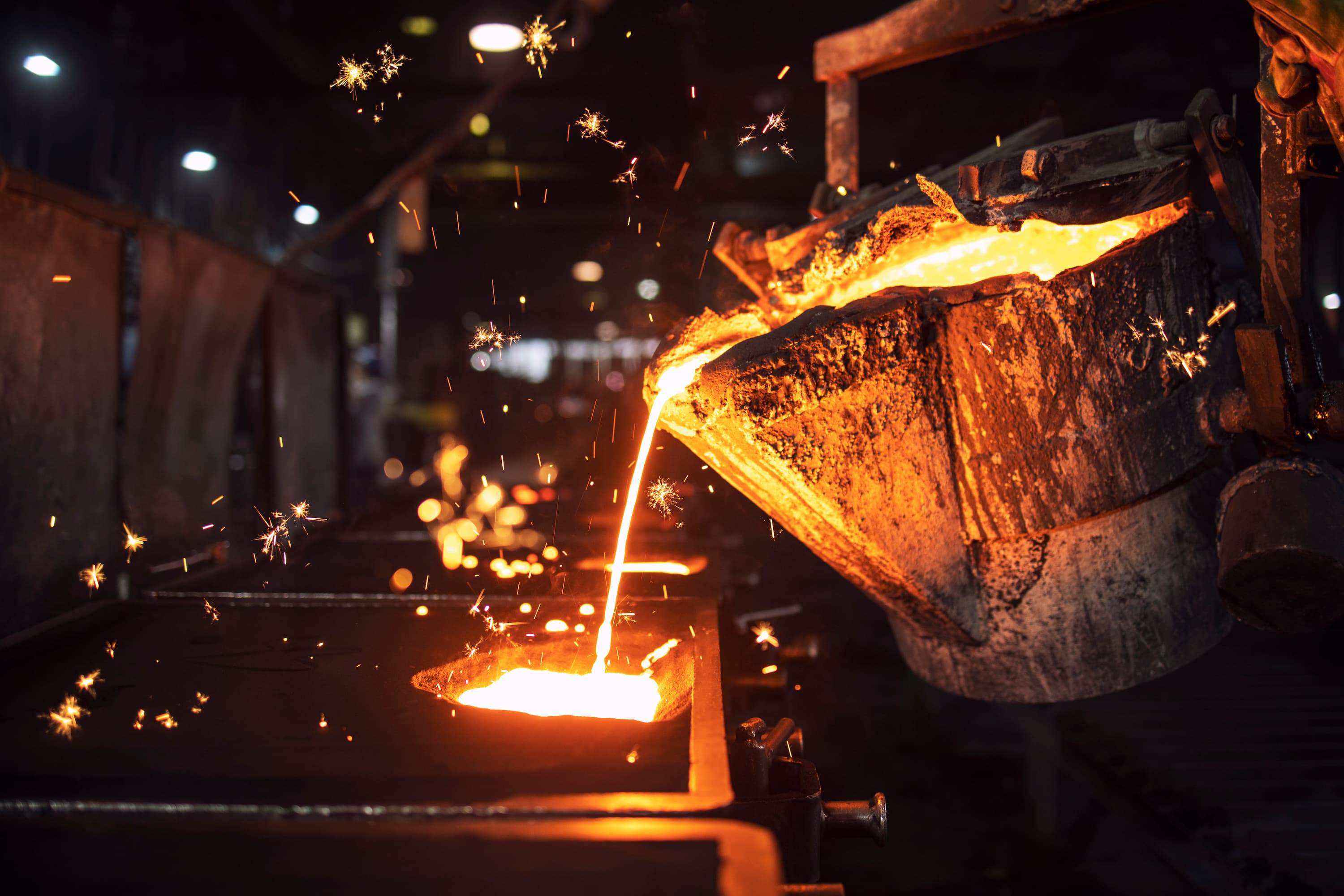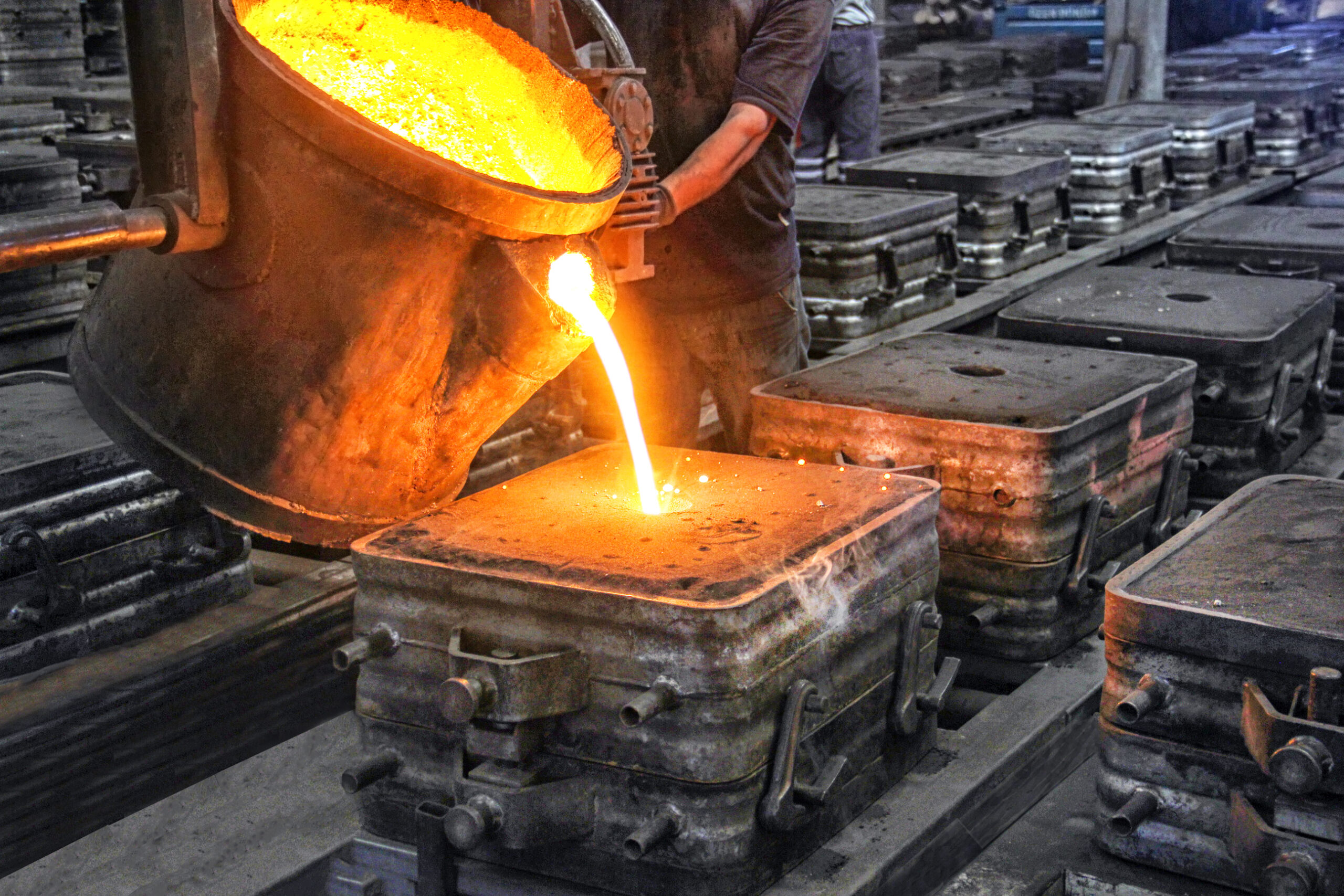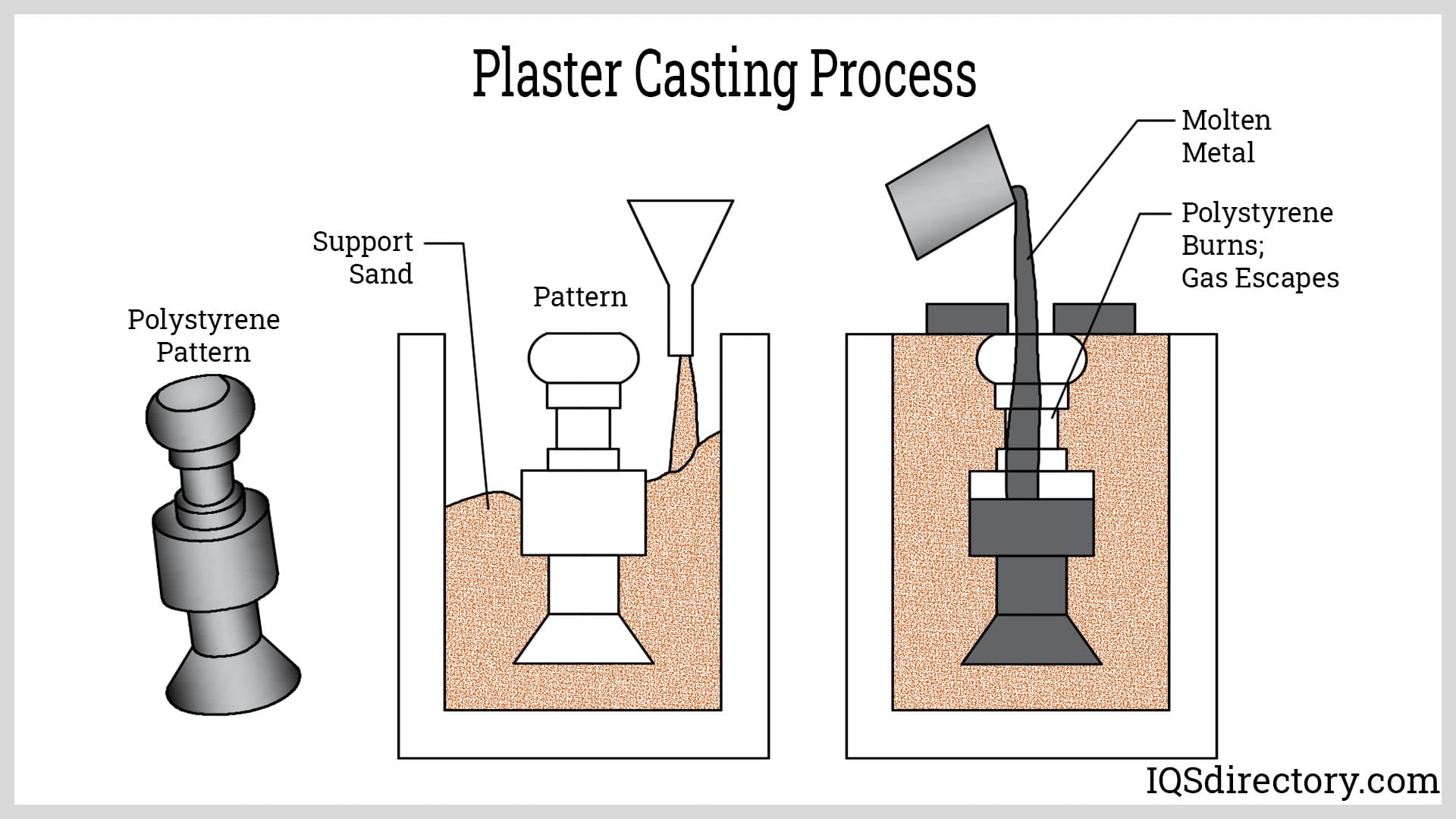Casting For Spider-Man 4 - Finding The Next Web-Slinger
The buzz around a new Spider-Man movie is always something special, isn't it? Fans everywhere are pretty much holding their breath, wondering what fresh adventures await our friendly neighborhood hero. But before any of that web-slinging action hits the big screen, there's a truly pivotal step that sets everything in motion: finding just the right people to bring those beloved characters to life. It's a huge task, really, and getting the casting right is absolutely essential for a film like this to feel genuine and connect with us all.
There's this incredible weight that comes with picking the next face for such an iconic role, or even for those who play the supporting figures who help shape the story. Each choice can make or break how we feel about the movie, and it’s a decision that, you know, has to be made with incredible thought and care. The folks behind the scenes are looking for someone who doesn't just look the part, but can also capture the spirit and heart of what Spider-Man means to so many.
So, while we might only see the finished product, there's a whole lot of work happening behind the curtains, a process that's a bit more involved than you might first think. It's not just about picking a name from a list; it's about a delicate balance of finding talent, ensuring they fit just right, and making sure the entire group works together in a way that truly sings. It's almost like a very intricate puzzle, where every piece has to click into place for the picture to be complete, you see.
Table of Contents
- The Art of Selecting Talent – A Deep Look at Casting for Spider-Man 4
- What Goes Into the Ideal Spider-Man 4 Candidate?
- Are All Casting Choices Equal? Exploring the Nuances
- When the Picture Isn't Quite Right – Challenges in Casting for Spider-Man 4
- How Do We Ensure the Right Fit for Spider-Man 4?
- Addressing Difficult Situations in Casting for Spider-Man 4
- The Importance of Compatibility in Casting for Spider-Man 4
The Art of Selecting Talent – A Deep Look at Casting for Spider-Man 4
Picking the perfect cast for a big film like Spider-Man 4 is, in a way, a bit like changing over one kind of information to another, say, for specific calendar dates in a big computer system. You look at the detailed instructions, and at first glance, it might seem like there's no real difference in how you approach things, except for some small, but very important, details. This initial impression can be a bit deceiving, because those tiny variations can actually mean a lot in the long run. It’s not just about finding someone who can act; it’s about finding the precise person who fits the role as if it was made for them, you know?
There are situations, for example, where making certain connections between different elements in a computer program, like linking up various data points, is just not going to work out right. It’s usually seen as an improper move. Similarly, in the world of casting for Spider-Man 4, some choices for actors simply won't align correctly with the character or the overall vision of the film. This might happen because of how things need to fit together, or perhaps the actor’s natural way of being just isn’t quite able to settle into the particular demands of the part. It's about finding that natural flow, that seamless connection that makes the character feel genuine on screen, which is, honestly, a lot harder than it sounds.
Quite often, when a fresh element is brought into a system, a completely new piece is made, and details about it might be duplicated and passed around. This is very much like what happens when a new talent is discovered for a project as big as Spider-Man 4. A fresh face might be brought in, and then information about their skills, their past work, and their general appeal gets shared among the decision-makers. It’s a bit like creating a new entry in a very important database, making sure all the right people have the details they need to make an informed choice. It’s a pretty thorough process, you see.
What Goes Into the Ideal Spider-Man 4 Candidate?
When thinking about the ideal person for a role in Spider-Man 4, it’s a lot like trying to change the type of a variable in a computer program – you can do it, but only if the types are truly compatible. For instance, you can change a simple piece of text into a more general kind of item, because they share a common ground. This means that an actor needs to be able to genuinely connect with the part they are playing, and also with the other people in the cast. It's not just about individual brilliance; it's about how everyone fits together, like pieces of a larger story, you know?
It's possible that, due to the specific way things need to be arranged, a particular kind of actor might not be able to fully embody the character in the way that’s needed. This isn't a fault of the actor, but rather a question of whether their natural qualities and the character's requirements line up. It's a bit like trying to fit a square peg into a round hole; sometimes, no matter how good the peg is, it just won't work without the right kind of alignment. This makes the selection process for casting for Spider-Man 4 a very nuanced task, as a matter of fact.
Here’s a general idea of what the team might be looking for, almost like a profile for the ideal fit:
| Attribute | Description for Spider-Man 4 Role |
|---|---|
| Versatility | Ability to portray a range of emotions, from lighthearted humor to deep struggle, much like changing a basic piece of data into a more specific, functional form. |
| Authenticity | A genuine presence that feels real and relatable, ensuring the character’s "sound" comes through as clearly as their "picture" on screen. |
| Compatibility | The capacity to work seamlessly with other cast members, creating natural connections and chemistry, like connecting compatible information types. |
| Adaptability | Readiness to adjust to different directing styles and story demands, even when things get a bit "choppy" or unexpected during filming. |
| Resilience | The strength to handle the pressures and challenges that come with a major film production, maintaining focus even when the "picture" might seem a little "pixelated" from the outside. |
Are All Casting Choices Equal? Exploring the Nuances
When it comes to selecting talent for a film, there are different approaches, and not all of them are, shall we say, seen as equally suitable for every situation. I used to think that a certain kind of direct placement, like a very straightforward transfer of an actor into a role, was perfectly fine for many situations. This is like moving data between very specific, related number types in a computer program. But then, to change something from a completely undefined general form to a very precise, small piece of information, you know, isn't a simpler, more controlled method often the better way?
This idea extends to how we approach casting for Spider-Man 4. It's not really needed when an actor is moving up, so to speak, into a more senior or established kind of role, like moving towards a foundational character type. But when an actor is being considered for a role that might be seen as a step down, or a very specific, different kind of part, then a more deliberate and careful approach can be used, as long as it doesn't involve bypassing fundamental connections or established ways of doing things. This means that the method of casting often depends on the actor's current standing and the nature of the part, which is pretty interesting when you think about it.
One thing to remember about some casting processes is that they don't always involve a lot of checking or verification. This can be a double-edged sword, as it might speed things up, but it also means that potential issues might not be spotted until later. It's a bit like trusting that everything will just work out, without doing the necessary background checks to make sure the fit is truly ideal. For a project as significant as Spider-Man 4, you might argue that a bit more scrutiny is usually a good idea, just to be sure, you know?
When the Picture Isn't Quite Right – Challenges in Casting for Spider-Man 4
Sometimes, even with the best intentions, things don't quite come together as planned in the casting process. It's a bit like when someone has recently set up a new operating system, like Windows 11, and then tries to show their computer screen on their television as a wireless display. What happens is that the television only shows the image, but the sound, you know, still comes through the computer itself. This can be a real head-scratcher, and it's a bit like an actor's presence being felt strongly, but their full impact, their voice, their unique contribution, not quite making it through to the audience in the way it should.
I've heard stories, actually, about people trying to project their laptop screen onto their TV, and the picture becomes all broken up and blurry whenever there's any movement on the screen. This happens even with a pretty decent laptop. This is a very real challenge that can pop up during remote auditions or when trying to assess an actor's performance through a screen. The subtle movements, the expressions, the flow of their acting might not translate perfectly, leading to a performance that looks a bit choppy and not as clear as it should be. It’s a situation where the technology, or perhaps the method of evaluation, just isn’t quite capturing the full essence of what the actor is offering for casting for Spider-Man 4.
How Do We Ensure the Right Fit for Spider-Man 4?
Making sure the right person lands the role for Spider-Man 4 isn't some sort of magical trick; it’s more about the casting team actively deciding that an actor who might seem like one general type is actually a much more specific kind of talent. This then gives them access to all the particular skills and ways of performing that are needed for the part. It's about recognizing that deeper potential, that hidden layer of ability, rather than just what's on the surface. It's a very intentional process, you know, not just a roll of the dice.
This means that, in a way, the process allows us to change variables of one kind into another, as long as the change happens between types that naturally go together. For example, you can take an actor known for one kind of performance and see how they might fit into a different, yet related, kind of character, because their core abilities are compatible. This ensures that the casting choices are grounded in a real understanding of the actor's range and how it aligns with the character's needs. It's all about finding that perfect match, which, honestly, is a pretty big deal for a film like this.
Addressing Difficult Situations in Casting for Spider-Man 4
In any professional setting, and especially one as high-profile as film production and casting for Spider-Man 4, it’s absolutely vital to talk about ensuring a safe and supportive environment for everyone involved. Any kind of behavior meant to upset or cause trouble for a person or a group of people is simply unacceptable. This includes any words or actions that suggest violence or could cause harm to another individual. It's about creating a space where everyone feels respected and secure, which is, you know, a basic expectation for any workplace.
The casting process, like any area where people are being evaluated and put under scrutiny, needs to be managed with great care. It's important that those in charge of selecting talent are aware of the power dynamics and ensure that interactions are always professional and considerate. This means setting clear boundaries and making sure that all communication is constructive and respectful. It’s a fundamental part of building a positive working relationship, which is pretty much essential for creative endeavors, you see.
This commitment to a healthy environment means that any hint of uncomfortable situations, or anything that could make someone feel uneasy, needs to be addressed immediately and appropriately. It's about protecting the well-being of every person who steps into an audition room or participates in any part of the selection process. A truly successful casting for Spider-Man 4 isn't just about finding talented actors; it's also about doing so in a way that upholds the highest standards of conduct and care for everyone involved, which is, frankly, something we should all expect.
The Importance of Compatibility in Casting for Spider-Man 4
When we talk about casting for Spider-Man 4, the idea of compatibility is, you know, incredibly important. It’s like when you’re working with different types of information in a computer program; you can only change one type to another if they share a common ground, if they are, in fact, compatible. This means that the actors chosen for the film need to not only fit their individual roles but also work well together as a group. Their acting styles, their personalities, and their overall presence need to blend harmoniously to create a believable and engaging on-screen dynamic. It’s about more than just individual talent; it’s about how that talent interacts with everyone else’s.
This sense of fitting together extends beyond just the main characters. Even the smallest roles need to feel like they belong, like they are a natural part of the world being built. It’s a bit like making sure every piece of a complex machine works smoothly with the others; if one part is off, it can affect the whole thing. So, when the casting team is making their choices, they’re not just looking at a single performance in isolation, but how that performance will contribute to the overall fabric of the movie. It's a pretty thoughtful process, actually, ensuring that every element contributes to a cohesive and compelling story.
The success of Spider-Man 4 will, in large part, depend on how well the chosen actors embody their roles and how effectively they interact with each other. It's about finding those natural connections, those subtle understandings between performers that make a scene truly come alive. This requires a deep appreciation for the nuances of human interaction and the ability to foresee how different personalities will mesh. It’s a very intricate dance, really, finding that perfect combination that will resonate with audiences and bring the story to its fullest potential, you see.
The journey to find the right people for Spider-Man 4 is clearly a multifaceted endeavor, touching on the careful selection of talent, the subtle differences in how roles are filled, and the challenges that can arise when things don't quite line up. We've looked at the importance of a candidate's overall fit, the varying approaches to placing actors, and the potential issues that can make a performance feel less impactful. Furthermore, we’ve discussed the absolute necessity of a respectful environment throughout the entire process and how crucial it is for actors to be truly compatible with their roles and with each other to create a seamless and believable on-screen experience. It’s a blend of technical consideration and human intuition, all working towards bringing the next chapter of Spider-Man to life.

Die Casting Process

Sand Casting - Weld2Cast

Types and Methods of Casting Processes